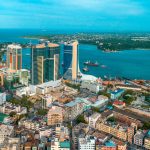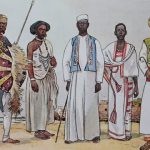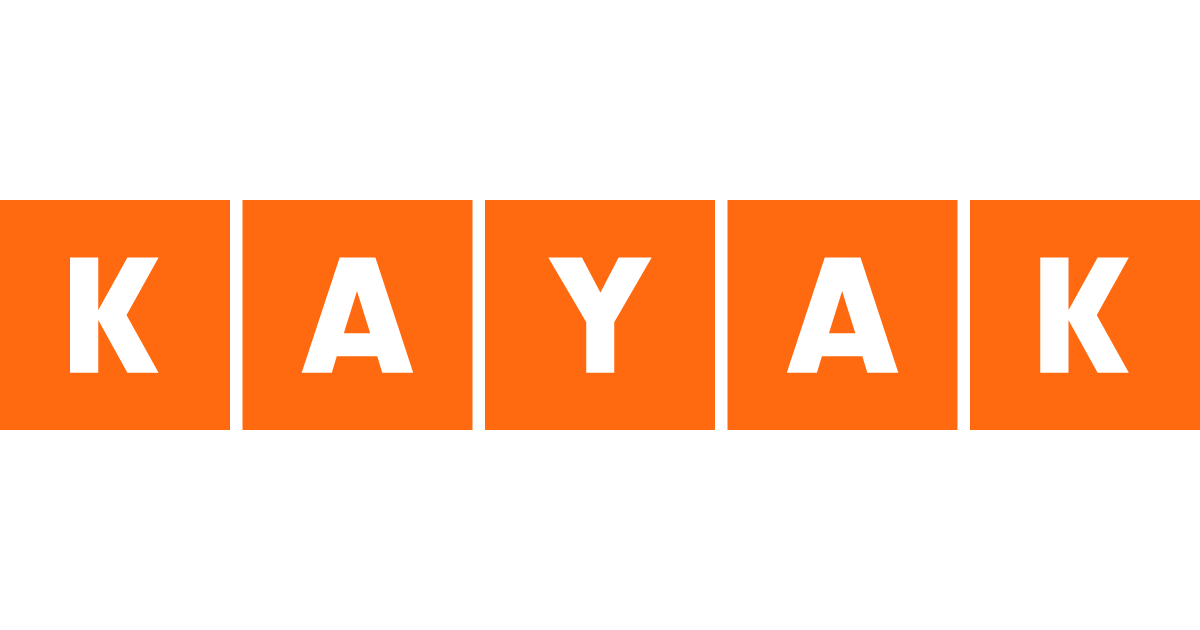The name “Kilimanjaro” remains a subject of debate, with various theories about its origin and meaning. While many interpretations exist, much of the historical context comes from the accounts of early European explorers. It is widely believed that the name originates from local Tanzanian languages, such as Swahili, Chagga, and Maasai; however, its precise linguistic origin remains unclear. Despite extensive research, scholars have not yet reached a definitive conclusion about what “Kilimanjaro” truly means.
Below, we explore some of the most popular theories behind the mountain’s name.
1: Is it a Chagga word?
When searching for the origin of Kilimanjaro’s name, it’s logical to start with the local languages of Tanzania, particularly the Chagga people who live near the mountain. Interestingly, the word “Kilimanjaro” doesn’t directly match any term in the Chagga language. However, breaking it down offers some possible interpretations.
The first part, “Kilima,” may come from the Chagga word “kilelema”, meaning “impossible” or “difficult.” The second part, “Jaro,” could be derived from “njaare” (meaning “bird”) or “jyaro” (meaning “caravan”). This suggests that “Kilimanjaro” might translate to something like that which is impossible for the bird. Or that which defeats the caravan, likely referring to the mountain’s immense size.
While this is a plausible interpretation, it’s not entirely convincing. One complicating factor is that the Chagga people do not have a single name for Kilimanjaro. Instead, they view it as two separate peaks: Mawenzi and Kibo. These names, however, are Chagga, with “kimawenzi” meaning “broken summit” and “kipoo” meaning “snow.”
2: Is it a difficult Journey?
The Chagga term “Kilemakyaro” translates to “that which makes the journey impossible.”
In this term, “kilema” comes from “kilelema,” meaning “difficult” or “impossible,” and “jaro” might be related to “njaare,” a type of bird, or “jyaro,” meaning caravan. Thus, Kilimanjaro could be interpreted as “impossible for the bird” or “that which defeats the caravan.”
Essentially, the name suggested that the mountain was insurmountable. At that time, the mountain was indeed extremely challenging due to large ice walls that no longer exist. It wasn’t until 1889, on his third attempt, that German geologist Hans Meyer successfully reached the summit of Mount Kilimanjaro.
3: Maybe it’s a Masai word?
Consequently, many experts doubt that the name Kilimanjaro has Masai origins, spoken by the major tribe across the border of Kenya. In Masai, the word for spring or water is “njore,” which could potentially have evolved into “njaro” over time. However, no Masai word closely resembles “kilima,” which adds to the uncertainty.
Additionally, the Masai name for the mountain is “Oldoinyo Oibor,” meaning ‘White Mountain.’ The peak known as Kibo is also referred to as the ‘House of God,’ a detail highlighted by Hemingway in his writings.
4: Perhaps the Mountain of Evil Spirits?
Another possibility is that “Njaro” represents an evil spirit believed to inhabit the mountain. Chagga folklore, rich with tales of malevolent spirits on Kilimanjaro, includes references to such entities, but does not specifically name a spirit “Njaro.” And this term does not appear in Chagga legends. Hans Meyer, the first European to climb Kilimanjaro, wrote:
“Njaro, the guardian spirit of the mountain, seemed to take his conquest with good grace, for neither snow nor tempest marred our triumphal invasion of his sanctuary. “
5: Is ‘Kilimanjaro’ Derived from Swahili?
There has been speculation that Kilimanjaro could be of Swahili origin, as Swahili is the primary language spoken in Tanzania. Johann Ludwig Krapf, a missionary and friend of explorer Johannes Rebmann, suggested that Kilimanjaro might mean “Mountain of Greatness” in Swahili. However, he did not provide any explanation for this translation. He also proposed that the name could be a mix of Swahili and Chagga, translating to “Mountain of Caravans,” with “Jaro” being the Chagga word for caravans. This theory links the name to the trading caravans that historically stopped at the mountain for water.
However, both theories have a major issue: the Swahili word for “mountain” is not “kilima” but “mlima.” In Swahili, “kilima” actually means “hill,” making these interpretations less convincing.
Another word, “Njaro,” once meant “whiteness” in ancient Swahili. Therefore, the words “kilima” and “njaro” could mean “Mountain of Whiteness”, or “Shining Mountain” – a celebration of its ice cap.
In his 1885 book “Through Masailand”, British geologist and explorer Joseph Thompson wrote.
“The term Kilimanjaro has generally been understood to mean the mountain (kilima) of greatness (njaro). This is probably as good a derivation as any other, though not improbably it may mean the white mountain, as I believe the term njaro has in former times been used to denote whiteness, and though this application of the word is now obsolete on the coast, it is still heard among some of the interior tribes. “
Ultimately, the exact origin of the name Kilimanjaro remains unclear. What truly matters is the significance of the mountain to the 50,000 people who climb it each year, which surpasses the importance of its name. Are you ready to trek? Click here









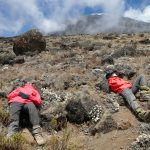
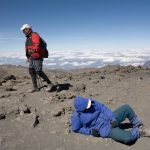






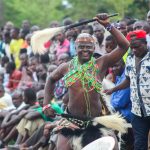

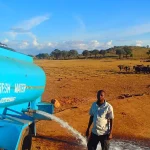
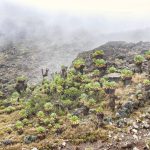


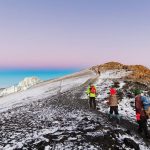



![How Did Mount Kilimanjaro Get Its Name? Meaning & History Explained [2025 Guide]](https://www.mateyswildtours.com/wp-content/uploads/2025/06/How-Did-Mount-Kilimanjaro-Get-Its-Name-Meaning-History-Explained-2025-Guide-150x150.jpeg)
